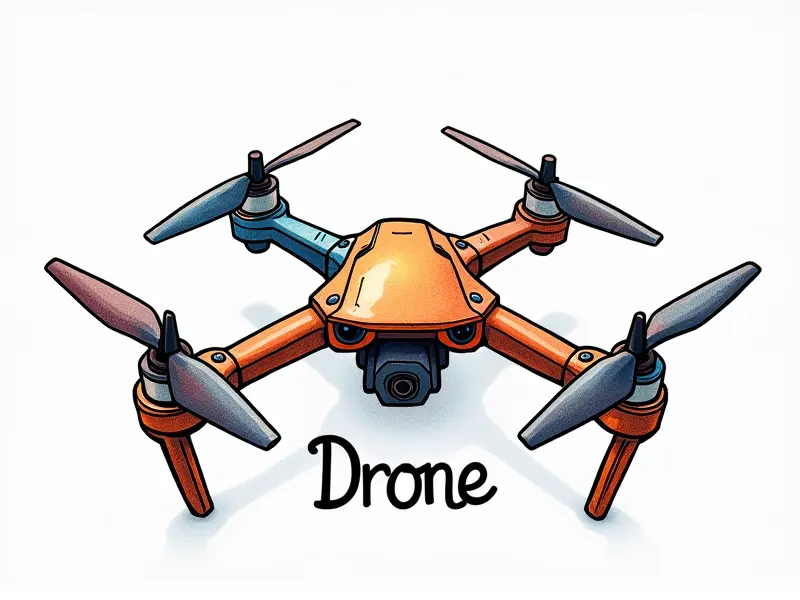Battery swelling, what to do?

How to Prevent RC Battery Swelling
Preventing battery swelling in your remote control (RC) devices is crucial for maintaining their longevity and safety. Here are some effective strategies:
- Proper Charging Practices: Always charge batteries according to the manufacturer's guidelines, avoiding overcharging or undercharging.
- Temperature Control: Store and use your RC batteries in a cool environment. Extreme temperatures can cause internal damage leading to swelling.
- Battery Maintenance: Regularly inspect your batteries for any signs of wear, such as cracks or leaks, which could indicate potential issues.
Signs Your RC Battery Is Swelling
Identifying the early signs of battery swelling is essential to prevent further damage. Here are some common indicators:
- Bulging Appearance: A visibly swollen or bulged battery case.
- Increase in Weight: Swollen batteries often feel heavier than normal due to internal pressure.
- Dented or Warped Case: Physical deformations of the battery casing can be a sign of swelling.
Safe Disposal of Swollen RC Batteries
Disposing of swollen batteries safely is crucial to prevent environmental hazards and potential fires. Follow these steps:
- Contact Local Authorities: Check with your local waste management facility for guidelines on disposing of lithium-polymer (LiPo) batteries.
- Use Approved Containers: Place swollen batteries in a fireproof container before disposal.
- Avoid Mixing Batteries: Do not mix different types or states of charge when storing for disposal.
Common Causes of RC Battery Swelling
Battery swelling can occur due to various factors. Understanding these causes helps in preventing future issues:
- Overcharging: Excessive charging beyond the recommended time or voltage can cause internal pressure buildup.
- Heat Exposure: High temperatures accelerate chemical reactions inside the battery, leading to swelling.
- Battery Age: As batteries age, their ability to handle stress decreases, making them more prone to swelling.
Tips to Extend RC Battery Lifespan
Maintaining your RC batteries properly can significantly extend their lifespan. Here are some useful tips:
- Store Properly: Keep batteries in a cool, dry place away from direct sunlight.
- Battery Balancing: Use a battery balancer to ensure all cells within the pack are charged evenly.
- Regular Inspection: Check for any signs of damage or wear regularly and address them promptly.
Avoiding Damage from Swollen RC Batteries
Swollen batteries can cause significant damage to your equipment. Here’s how to avoid such issues:
- Do Not Use: Stop using a swollen battery immediately and replace it with a new one.
- Proper Storage: Store swollen batteries separately from other components in a safe, cool place.
- Monitor Usage: Keep track of how often you use the battery to identify patterns that may lead to swelling.
Troubleshooting Swollen RC Drone Batteries
If your drone’s battery is swollen, here are some steps to troubleshoot and address the issue:
- Check Charging Equipment: Ensure that your charger is functioning correctly and not causing overcharging.
- Inspect Battery Connections: Look for any loose or damaged connections that might be affecting battery performance.
- Consult Manufacturer: Refer to the manufacturer’s guidelines for troubleshooting specific models of batteries.
Fixing Swollen FPV Racing Drone Batteries
Swelling in FPV racing drone batteries can be particularly problematic. Here are some steps to address this issue:
- Replace Immediately: Replace swollen batteries with new ones as soon as possible.
- Use Quality Chargers: Invest in high-quality chargers designed for LiPo batteries to prevent overcharging.
- Maintain Charging Environment: Ensure that charging occurs in a cool, well-ventilated area.
Preventing and Fixing Swollen Lithium-Polymer Batteries
Lithium-polymer (LiPo) batteries are common in RC devices. Here’s how to prevent and fix swelling:
- Monitor Voltage Levels: Keep track of voltage levels during charging and discharging.
- Battery Balancing: Use a battery balancer to ensure all cells are charged evenly, preventing uneven wear.
- Replace Damaged Cells: If individual cells show signs of damage or swelling, replace them immediately.
Safety Tips for Handling Swollen Lithium-Polymer Batteries
Handling swollen LiPo batteries requires caution to prevent accidents. Follow these safety tips:
- Avoid Physical Contact: Do not touch or press on the swollen area of the battery.
- Use Protective Gear: Wear gloves and eye protection when handling swollen batteries.
- Store in a Safe Place: Keep swollen batteries away from flammable materials and other components.
Why Do RC Quadcopter Batteries Swell?
Battery swelling in quadcopters can be caused by several factors. Understanding these reasons helps in preventing future issues:
- Overcharging: Excessive charging beyond the recommended time or voltage.
- Heat Exposure: High temperatures accelerate chemical reactions inside the battery, leading to swelling.
- Battery Age and Usage: As batteries age, their ability to handle stress decreases, making them more prone to swelling.
Conclusion
Battery swelling in RC devices is a serious issue that requires immediate attention. By understanding the causes, signs, and preventive measures, you can ensure your equipment remains safe and functional for longer periods. Always prioritize safety when handling swollen batteries and follow proper disposal procedures to prevent environmental hazards.

